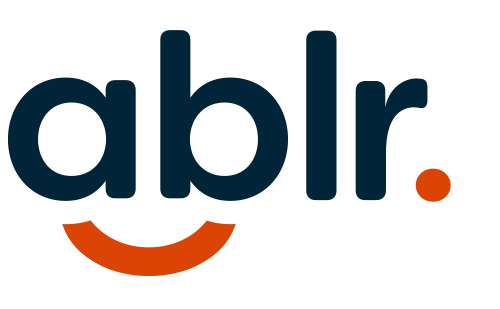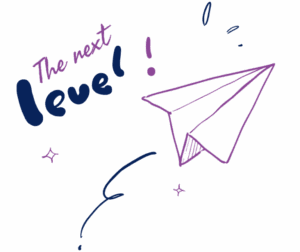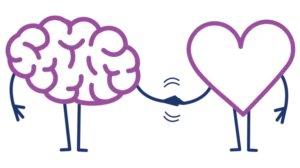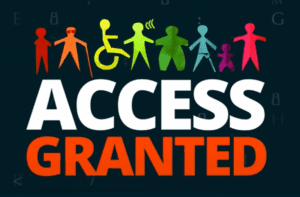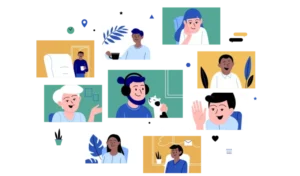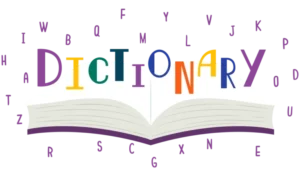As the summer came to an end, my family and I finally made our way to the beach! I truly love the beach – in fact, when things are difficult and I need to go to my happy place, I go to me sitting on the beach in my mind! There is something about the thunderous sounds of crashing waves, the refreshing smell of salty air, and the cool breeze on your face!
But now when I visit the beach, it’s not as restful as it was before I had kids! My boys don’t want to sit quietly and enjoy the coastal lifestyle; they want to be playing in the water and scavenge for seashells!
As my boys and I roamed the coast, collecting more and more shells, I asked them to describe the colors of the shells to me. And when they mentioned the various colors, including emerald, it made me think about my visit to the recently renovated Coastal Credit Union office building in Raleigh.
Inside Coastal Credit Union
A couple of weeks ago, Logan, Mike, and I were invited by Tarkisha Poole to visit the Coastal office building, which was covered with emeralds, which is one of their brand colors, and discuss potential ways we could collaborate. As part of our visit, we did a tour of the new digs, and it was awesome!
Everything about the newly renovated office was designed with intentionality, focused on employee engagement and collaboration. This was evident from the moment we walked into the building, and sat down in Café 67, their in-house coffee shop, where we met with numerous members of the Coastal team. While we were talking over coffee (I had an Americano! And a pastry!), large windows were surrounding us, and it’s through these large windows that outside visitors could see how the stairs in the building, resembled the lines on a lighthouse – I found this to be so cool!
And as we left the Café, we had to pass the IT department, and where their Apple Genius Bar style support team was located. So, while you waited for your laptop to get fixed, you can chill out and grab a drink and snack – now that’s some coastal living!
One of the areas I was most excited to see was where the virtual tellers sat. My interest in this was personal, because when I was in college I worked as a part-time teller, and my time working at Wachovia Bank is something I still cherish, even after all these years!
When I sat down in one of the teller cubicles, there was an openness about the space, but the ways the walls were designed, you couldn’t hear other people talking around you. And if you wanted to collaborate and chat with others, there were spaces to do so all over the building, which was great.
The intentionality behind the design of the building was something I really appreciated, but it’s the same level of intentionality that Tarkisha has put into our partnership that I’m most excited about!
At Ablr, we believe the same principles that guide a well-designed building, including thoughtful planning, inclusivity, and creating spaces for people to thrive, which should guide how we build partnerships, especially around disability workforce development programs. And it’s important to remember that intentional partnerships don’t happen by chance but rather designed with purpose.
When we’re talking about creating meaningful employment opportunities for people who are blind or low vision, every detail matters. Who’s at the table? Whose voice shapes the programs? Have we thought about accessibility? How are we measuring success?
Here’s what we’ve learned about building successful partnerships with intention:
- Everyone involved should be committed to creating equitable opportunities, not just filling seats.
- Listen to candidates, employers, and community partners to design programs, ensuring that there is a focus on lived experiences.
- Success happens when everyone knows their part and takes ownership to deliver outcomes.
- It’s important for all stakeholders to remain adaptable, flexible, and open to change.
So, what can you do to be more intentional in your partnerships for greater disability inclusion?
- Ask the people you’re trying to serve what they need.
- Take a broad view of the partnership, from beginning to end, and identify potential gaps, including accessibility and accommodations.
- Paint a picture of what success looks like for all partners and share it with one another.
- Make time for regular touch points and open communication.
- Invest in disability inclusion training for all team members.
But as I wrap up, I challenge you to rethink how you can design partnership with intention, and lead with purpose, and if you do this, I promise you that you will also be able to live that Coastal lifestyle!
